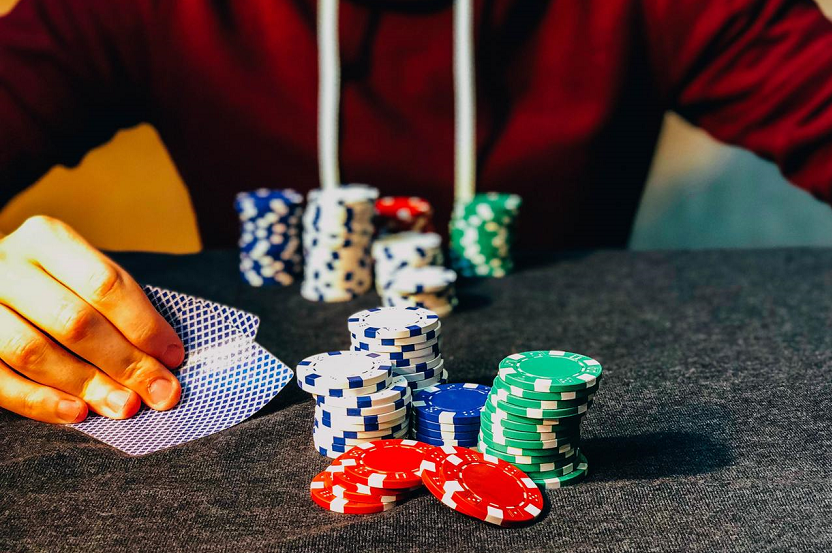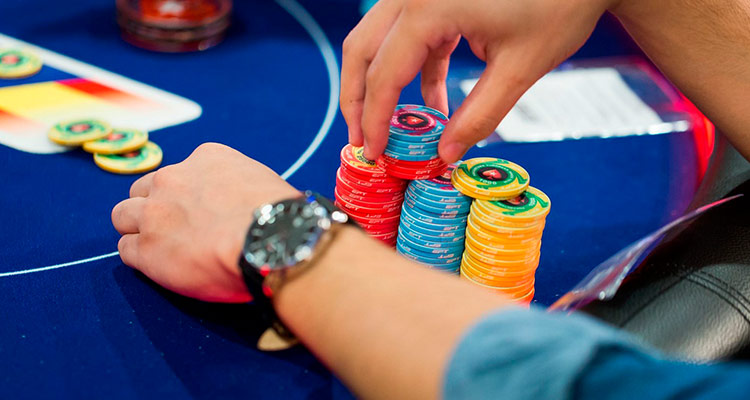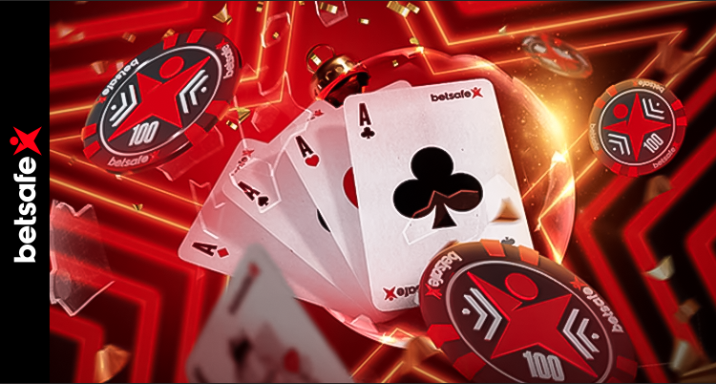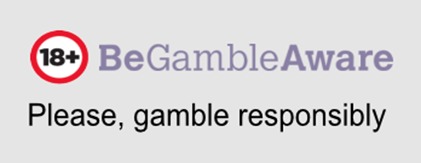

Full ring poker VS shorthanded poker: differences and how to play each of them

In the poker world, especially at Texas Hold'em tables, it is normal to find two types of games: full ring poker and shorthanded poker.
Each of these formats has its own dynamics, strategies and key considerations that players must understand to maximize their chances of success. In this text, we tell you the differences between the two and how to adapt your game according to the format you are in.
Full Ring Poker: characteristics and table positions
Full ring poker refers to tables where 9 or 10 players usually participate. This format is typically found in casinos and live poker games. The main characteristics of full ring poker include:
Larger number of players. With 9 or 10 players at the table, betting rounds are usually slower and there is more time between each time a player has to make a decision.
Fewer hands. Due to the number of players, action is less frequent compared to shorthanded tables, which can result in a slower pace of play.
More focus on patience and better hand selection. Since there are more players competing for the pot, it is crucial to be selective with the hands you decide to play. Strong hands such as Ace-King (A-K), high pairs and connected hands are more valuable because of the greater likelihood that another player will have a strong hand.
Positions in full ring poker are divided into three main categories: early position, middle position and late position.
Early Position. Players in early positions are the first to act after the initial cards. They have less information about the actions of the other players and, therefore, it is recommended to play with stronger hands and be more cautious with bets.
Middle Position. These players act after the players in first positions and before the players in last positions. They have a little more information to make decisions, but they should still be selective with the hands they play.
Late Position. Late position players are the last to act in a betting round. They have the advantage of seeing how other players have acted before making their decision, which allows them to play a wider range of hands.
Take a look at:
Texas Hold’em Shorthanded: How to approach the preflop
Shorthanded poker: what is shorthanded poker and what positions are played with

Shorthanded poker refers to tables where 6 players or less usually participate. This format is most common in online games and in certain high-level live games. The main characteristics of shorthanded poker include:
Faster action. With fewer players at the table, hands develop faster and players have to act more frequently.
More aggressive play. Because of the smaller number of players, there is more room for aggression and players can steal pots more often through bets and raises.
More chances to play marginal hands. With fewer players competing for the pot, hands such as middle pair and connected hands have a higher relative value compared to full ring poker.
Positions in shorthanded poker are still similar to full ring poker, but due to fewer players, the categories are reduced to early position, middle position and late position.
Early Position. Although there are fewer players, players in early positions still have to act before most other players, which requires caution with hand selection.
Middle Position. Similar to full ring, players in middle positions have to act after players in first positions and before players in last positions.
Late Position. This is where players have the advantage of acting after most of the other players. This allows for wider and more aggressive play due to the greater information available about the opponents' actions.
Full Ring vs Shorthanded Poker: general differences

Full ring poker tends to be slower and focused on strong hands due to the larger number of players, while shorthanded poker is faster and more aggressive, with more room to play marginal hands.
In full ring poker, hand selection must be more conservative and focused on premium hands due to competition with more players. In shorthanded poker, marginal hands have more value due to less competition for the pot.
Full ring poker favors a more patient and value-oriented style of play, while shorthanded poker allows for more varied and aggressive play, with more opportunities for creativity and bluffing.
Due to the differences in dynamics and level of risk, players may choose to manage their bankroll differently depending on the format in which they most commonly play.
Understanding the differences between full ring poker and shorthanded poker is crucial for any player looking to improve their game and adapt to different table environments. Both full ring and shorthanded offer unique experiences and require different skills to be successful. The key to mastering both formats lie in a thorough understanding of specific strategies and the ability to adjust to the changing conditions of each type of table.
To improve in either game, it is advisable to practice regularly, study format-specific strategies, and review one's own sessions to identify areas for improvement. With time and experience, players can develop a solid, adaptive approach that allows them to confidently tackle both full ring and shorthanded poker.
You may also like

How to evaluate a poker hand?
Knowing how to calculate and evaluate a poker hand is more important than it seems. Not only can we know if we have been lucky with the cards we have been dealt, but we can also calculate the proba...

What are the blinds in poker: everything you need to know
When you play poker for the first time it is normal that many doubts and questions arise. Do not be overwhelmed, you must keep in mind that like any card or board game must follow some rules to wor...
Hold'em Manager VS Pokertracker: which is better?
If we look at what the data analysis and management software sector has to offer in the online poker space, we see that Hold'em Manager and Pokertracker are the two main contenders for the number 1...














